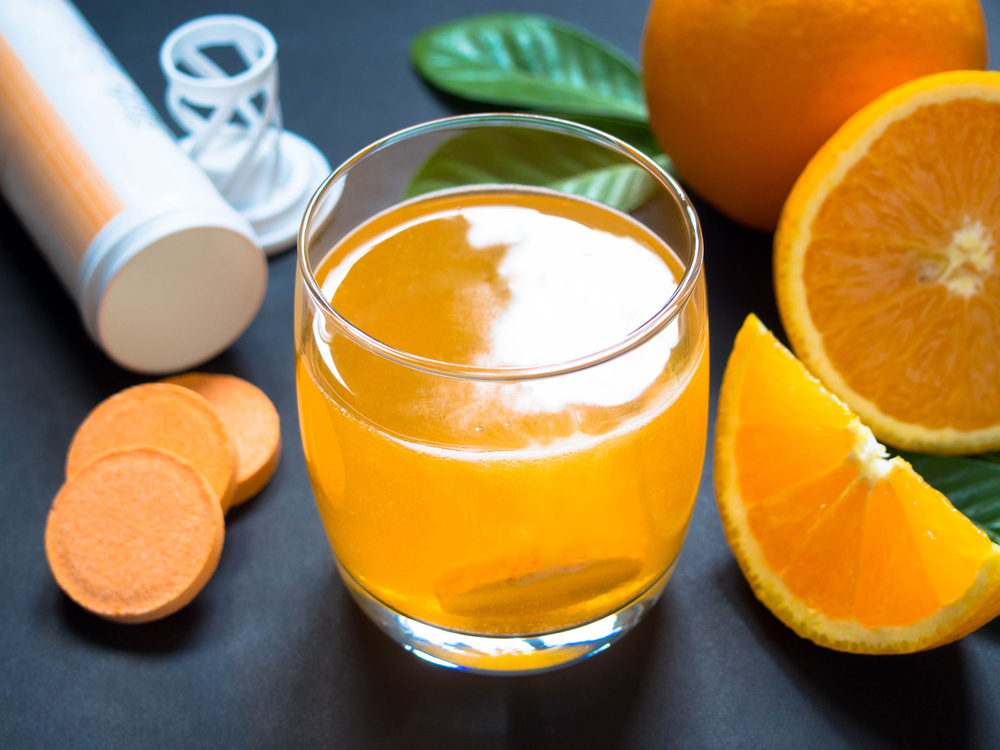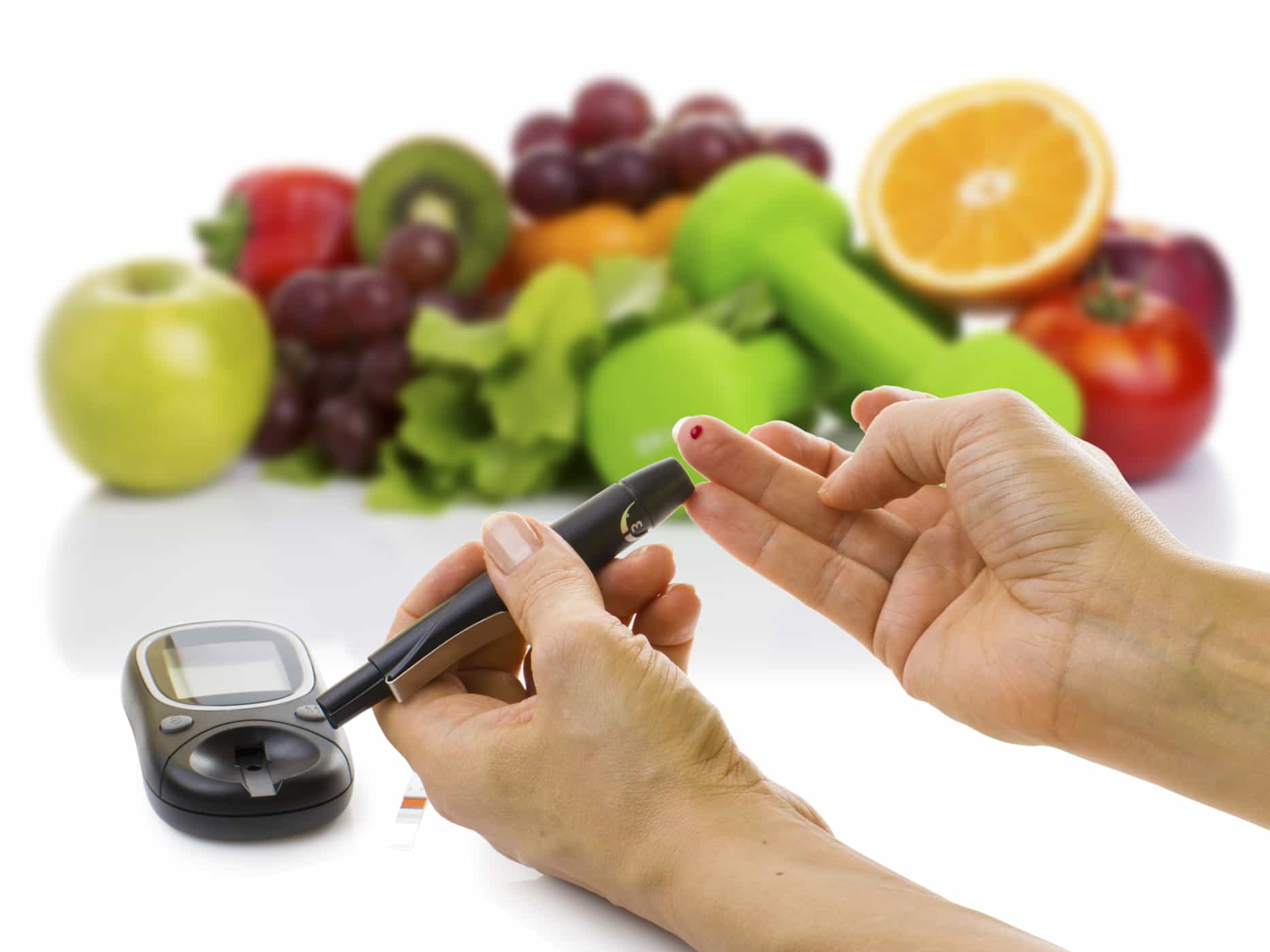Contents:
- Medical Video: Balanced Diet | #aumsum #kids #education #balance #diet
- Vegetables and fruits
- Carbohydrate foods
- Milk and dairy products
- Meat, fish, eggs, beans, and other protein sources
Medical Video: Balanced Diet | #aumsum #kids #education #balance #diet
In making a meal plan for your baby, you certainly want him to get all the nutrients needed in sufficient portions. For that, you need to make sure the food menu that you serve daily contains all kinds of food that the child needs during his development.
For this reason, there are four food groups that need to be in the children's diet every day. Anything?
Vegetables and fruits
Vegetables and fruits are rich in vitamins, minerals, and fiber. It is important to introduce a variety of vegetables and fruits as early as possible to your toddler, be it vegetables and fresh, frozen, canned, or dried fruits. Make sure that vegetables and fruits are always part of your child's diet.
Every vegetable and fruit contains different vitamins and minerals, so the more different types of vegetables and fruits your child consumes, the better for growth. But, don't worry if they only want to eat one or two types.
You can routinely provide small amounts of vegetables and fruits so your child learns how they taste
Some young children prefer to chew raw vegetables rather than cooked ones. To work around this, make vegetables as a pizza topping or make vegetable puree.
Carbohydrate foods
Carbohydrate foods contain energy, nutrients, and fiber. This type of food is generally favored by children, ranging from bread or cereal, potatoes or sweet potatoes, rice, to pasta.
You can also give your child food made from whole wheat seeds (wholegrain), such as whole wheat bread, pasta, and brown rice. However, it is not recommended to introduce a diet that consists only of foods made from wheat seeds for children less than two years old, especially if your child is fussy about food (picky food). Wheat seeds will fill your child before they can receive the calories and nutrients needed. After more than two years, you can introduce more other wholegrain foods in stages.
Milk and dairy products
Fresh milk and other high-fat dairy products are the main sources of calcium, which serve to support the growth and health of bones and teeth. These products are also rich in vitamin A. Vitamin A helps the body fight infections and is needed for healthy skin and eyes.
From the age of 1 year, you can replace your child's milk or formula with fresh cow's milk, or continue breastfeeding. Try to start giving three servings of milk a day, either as drinks or other processed products, such as cheese, yogurt or fresh cheese (fromage frais).
Semi-skim milk can be introduced from the age of two, if your child is not fussy and grows well for their age. Skim milk or containing 1% fat does not contain enough fat to support children's growth, so these products are not recommended for toddlers.
Meat, fish, eggs, beans, and other protein sources
Children need high protein and iron intake during the growth period. Try to introduce your child to high protein foods at least one serving a day.
Meat, fish, eggs, seeds (for example green beans, lentils, and peas), and processed seed products (for example tofu, tempeh, hummus) are good sources of protein and iron. Nuts also contain protein, but whole beans, including peanuts, should not be given to children less than two years old, to avoid choking.
Boys can consume up to 4 servings of high-fat fish (such as sardines, salmon, mackerel) in 1 week, but it is not recommended to give more than 2 servings a week for girls.
The reason, high fatty fish (oily / fatty fish) can contain pollutants in low levels that can settle in the body. It is important to remember, do not stop giving your child high fatty fish because the benefits will be far greater than the health risks, as long as they do not consume more than the recommended amount.












